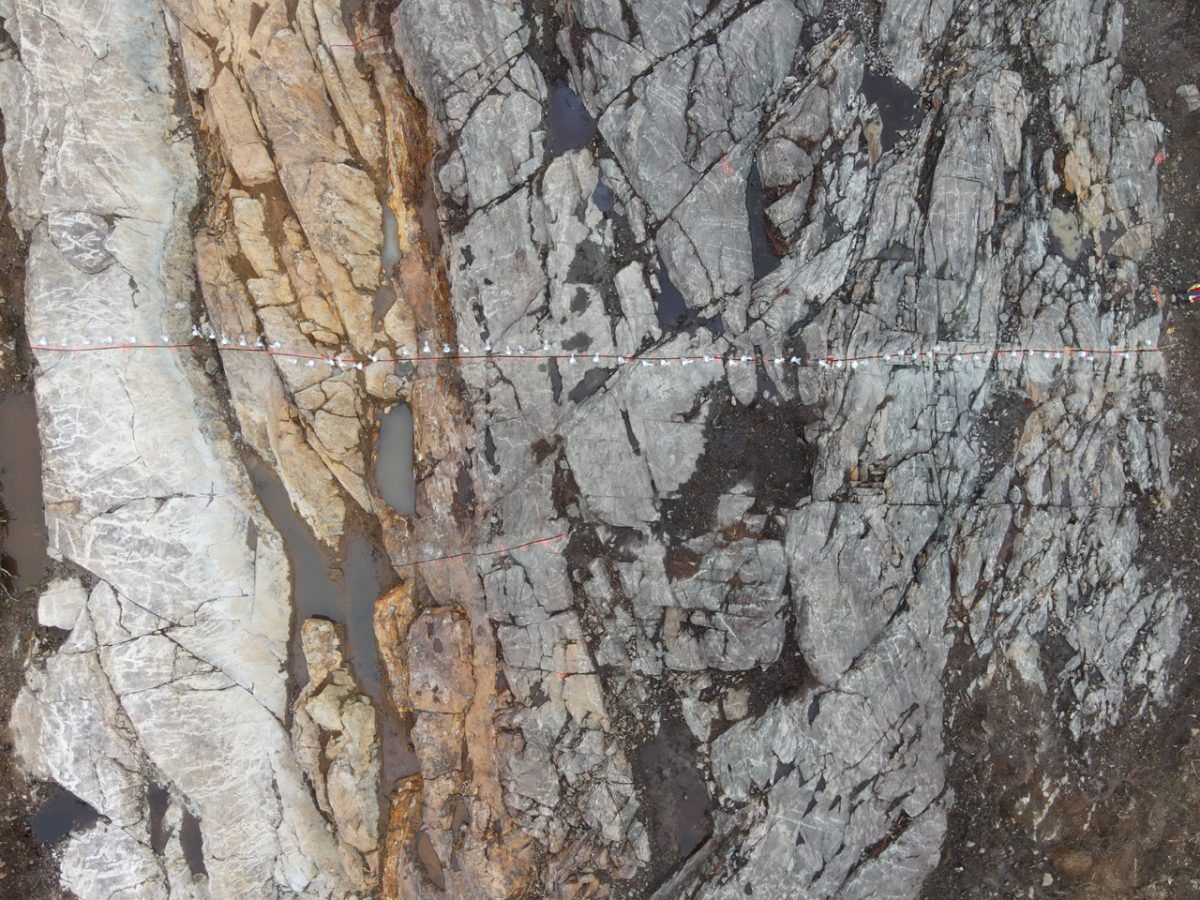Nickel – An Exceptional Metal
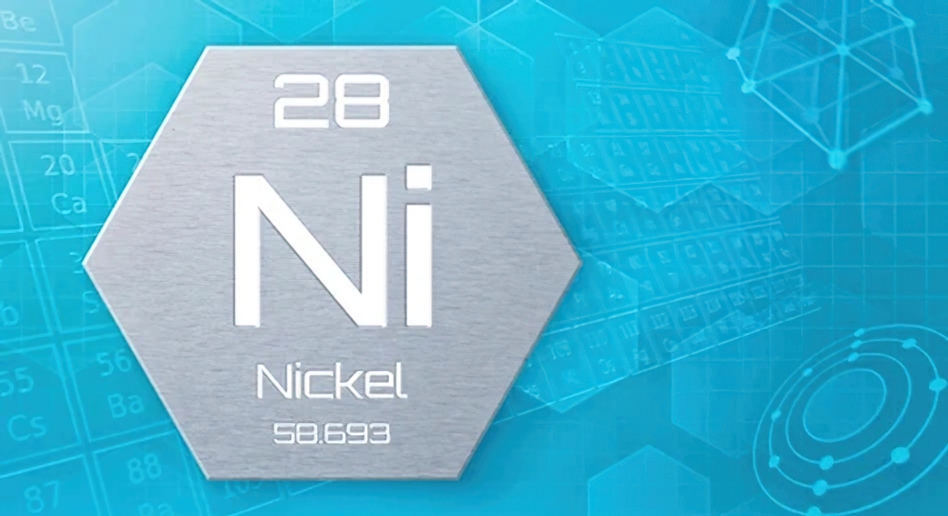
By Rod Blake
To me – one of the great Canadian manmade monuments sits just outside Sudbury, Ontario. The monument is a giant 9-metre high replica of a 1951 Canadian 12-sided 5-cent nickel coin, and is the largest coin in the world. The monument was built in 1964 to commemorate the world class nickel deposits that lay below and are the main source of economic prosperity for this historical mining community. I can’t think of any other coin that is named after a mineral that is used to produce it.
The nickel deposits of Sudbury are probably the most famous in the world. Not only for their size and grade but for how they were formed. You see – the history of nickel in Sudbury is also a cosmic event. It is said that about 1.8-billion years ago (give or take) a giant comet or asteroid some 10 – 15 kms in diameter struck the area with such a force that it formed a crater estimated to be 130 kms in length and about 15 kms in depth. The intensity of the impact created enough heat to melt the earths crust in the surrounding area which allowed the enclosed minerals to flow and pool into the crater and form the nickel rich deposits that are still mined today.
Mining activity began in the Sudbury basin in the mid 1800s. Many individual mining companies originally mined the large orebodies but with time, mergers and acquisitions, two of Canada’s mining giants emerged and the area really became a world class mining district when the International Nickel Company or Inco Ltd. and Falconbridge Ltd. developed the massive nickel deposits with modern mining methods. The industrialized world required stainless steel and nickel was a key component in this important product.
Falconbridge and Inco, both stand alone nickel producers, were once stalwart companies of Canada’s mining community and senior securities on the Toronto Stock Exchange. Most investment funds and retail investors looking for exposure to nickel held securities of these prestigious companies. However, both were taken over in 2006 by larger international miners – Falconbridge by Switzerland’s Xstrata plc and Inco by Brazil’s Vale – so that today there are no great Canadian nickel companies, although Sherritt International does have a nickel mine in Cuba.
Nickel ore bodies are few and far between. Thompson, Manitoba and Voisey’s Bay, Newfoundland & Labrador host the only other significant Canadian nickel mines and they are also controlled by Vale. Throughout the world, most nickel deposits are controlled by a handful of very large multinational companies. Nickel is just one component of these companies, so in recent history, there have been very few stand alone nickel companies or projects to warrant the interest of investors.
Nickel discoveries, however, can be very exciting and have captured extreme investor interest. The above mentioned Voisey’s Bay nickel discovery in the early 1990s created one of Canada’s largest staking rushes and stock market frenzies. In 1993, two prospectors working for Robert Friedland’s Diamond Field Resources (yes, they were looking for diamonds) were flying back to their base near Labrador’s Voisey’s Bay when they made note of a large, mineralized outcrop. They returned to sample the outcrop and it proved to be rich in nickel. This set off a massive area play that saw many junior mining companies stake most of the east coast of the Atlantic province in search for more nickel deposits. After a few years of searching – the Voisey’s Bay orebody proved to be a large, high grade, but stand-alone event, that was sought after by major mining companies and eventually captured by Inco. Ltd and put into production in 2005.
Times and climates change and the world now needs more products that will enhance the greening of the planet. Nickel is a key component of the batteries that will power the accelerated number of electric vehicles consumers are demanding. The price of nickel is at a 5-year high of about US$9.50/lb while inventories are near 5-year lows.
Recently there have been significant nickel discoveries by junior explorers in British Columbia’s Golden Triangle, as well as renewed interest in previously worked nickel properties in northern BC and elsewhere. These projects could be very timely as nickel seems to be entering an era of increased demand.
Investors and explorers alike are taking a renewed interest in nickel. Whether the name for a coin, a key industrial metal, or a vital component in the race to improve the planet – nickel is a very exception mineral indeed.
A few note-worthy companies engaged in the race are Quebec Nickel, Gungnir Resources and Renforth Resources.
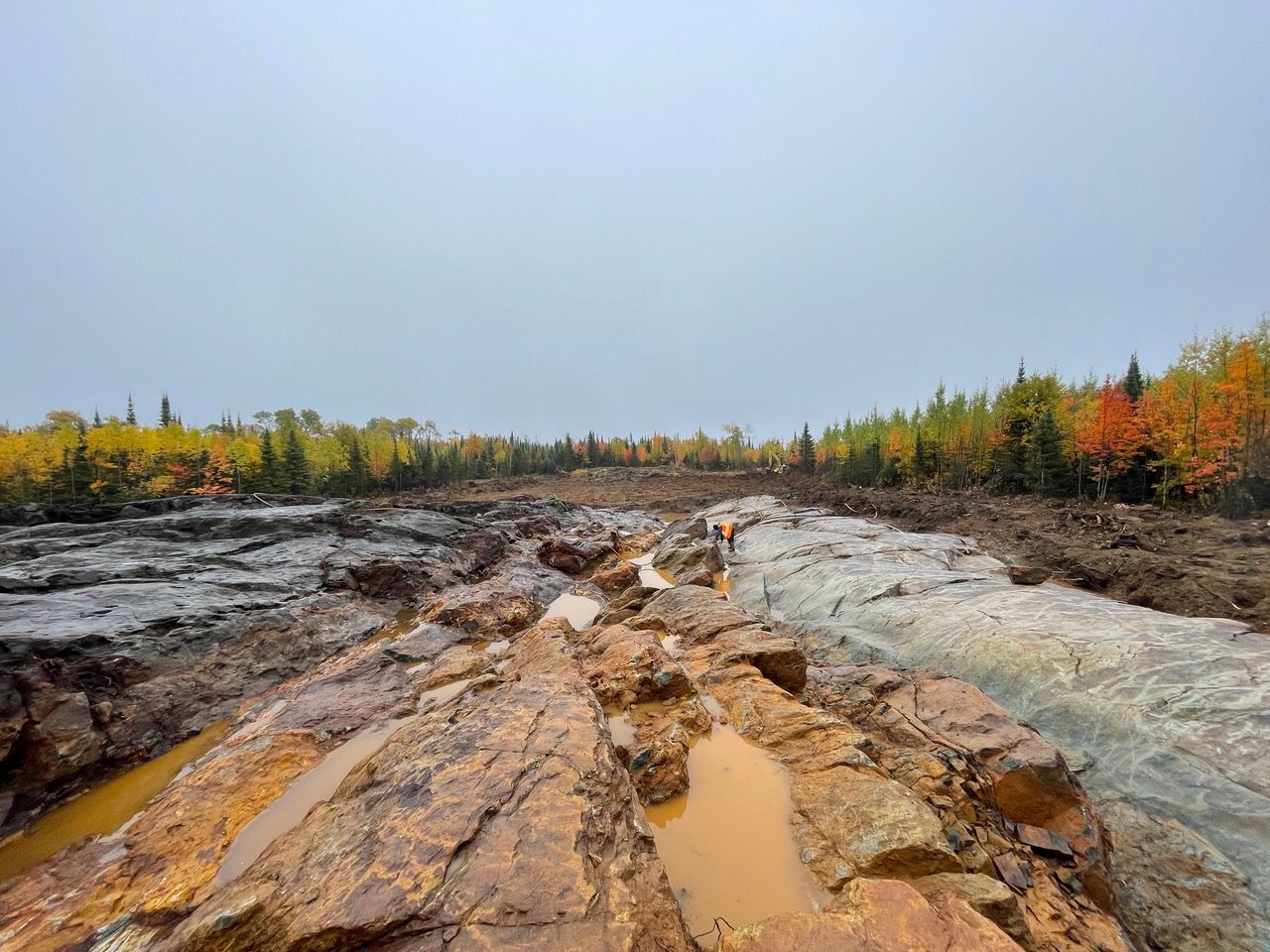 Renforth Resources Inc. [RFR-CSE, RFHRF-OTC Pink, A2H9TN-Frankfurt] is a junior resource company that offers investors exposure to battery metals exploration backed by a gold deposit, both in the Malartic Mining Camp in NW Quebec, and a gold property in the Timmins Mining Camp of Ontario.
Renforth Resources Inc. [RFR-CSE, RFHRF-OTC Pink, A2H9TN-Frankfurt] is a junior resource company that offers investors exposure to battery metals exploration backed by a gold deposit, both in the Malartic Mining Camp in NW Quebec, and a gold property in the Timmins Mining Camp of Ontario.
The company is headed by President and CEO Nicole Brewster, who has been involved in exploration in several countries and a wide range of projects, including Ring of Fire nickel-chromite discoveries in northern Ontario.
Renforth has 100% ownership of the royalty free ~260 km2 Surimeau District Property, contiguous to the Canadian Malartic Mine, which hosts six areas of historically identified polymetallic mineralization, including the much needed “battery metals” nickel and cobalt, not previously focussed on, along with platinum and palladium, in an ultramafic intrusive system which at Victoria West is proven to extend over 5 km and may stretch to 20km. Occurring in conjunction with the ultramafic is a volcanic intrusive bear copper, zinc and gold amongst other metals, intertwined with the ultramafic in a setting that is analogous to the typical deposit style of the “Outokumpu” mining district of Eastern Finland.
Renforth assembled this large property around the historical mineralization in 2020 and has successfully carried out an initial ~4300m of drilling over 2.2km of the Victoria West target, along with reconnaissance sampling at each of Huston, Surimau, LaLonde, Colonie and Foulliac. Exploration drilling returned results which included battery metals mineralization over 111.05m averaging 0.17% Ni and 139.58ppm Co over the entire interval, within which the highest grading sub-interval of 40m assayed 0.22% Ni and 168.98ppm Co. Prospecting the other mineralization showings resulted in proving the presence of battery metals at several locations within the property, notably at Colonie, which is ~15km east of Victoria West and on the same magnetic anomaly which is mineralized at Victoria West. Huston sampling resulted in the discovery of high grade battery mineralization with an assay of 1.9% Ni, 1.38% Cu, 1170ppm Co and 4 g/t Ag, within a grab sample taken from strongly foliated diorite with patchy oxidation on the weathered surface. Renforth is drilling at Surimeau currently and plans to continue in the New Year with an airborne geophysics survey followed by additional drilling.
Renforth has ~$4 million in cash and securities on hand and full ownership of five properties including the flagship Parbec Property, a bulk tonnage gold deposit, located in Malartic, Quebec, beside the Canadian Malartic open pit operation, currently Canada’s largest gold mine
According to a May, 2020 estimate, Parbec contains an indicated resource of 104,500 ounces of gold in 1.82 million tonnes at an average grade of 1.78 g/t gold, and an inferred resource of 177,300 ounces of gold in 3.12 million tonnes at an average grade of 1.77 g/t gold.
However, this resource is now considered out of date due to the results received in a recently completed 15,569-metre drill program. This program was designed to twin, infill and undercut existing drill holes at Parbec to support a rebuild of the geological model and resource estimate restatement.
Drilling highlights include 21.85 metres of 3.06 g/t gold in PAR-21-141, which was drilled as an “infill” drill hole, in an area that had not previously been drilled. It delivered new mineralization outside of the conceptual pit shell.
Renforth is undertaking additional assaying of Parbec drill core where the results from the drill program highlight gaps in sampling. In addition to this structural work on Parbec has been commenced in order to try and unlock the controls on the magnetic diorite, a gold bearing rock type present at Parbec which is generally higher grade and, historically, formed the core of the Barnat and East Malartic Mines, which were on strike on the Cadillac Break to the east, they are now part of the Canadian Malartic Mine open pit.
Renforth is also exploring for gold on the Nixon-Bartleman property which is situated on the Porcupine Destor Deformation zone 45 kilometres southwest of Timmins, Ontario.
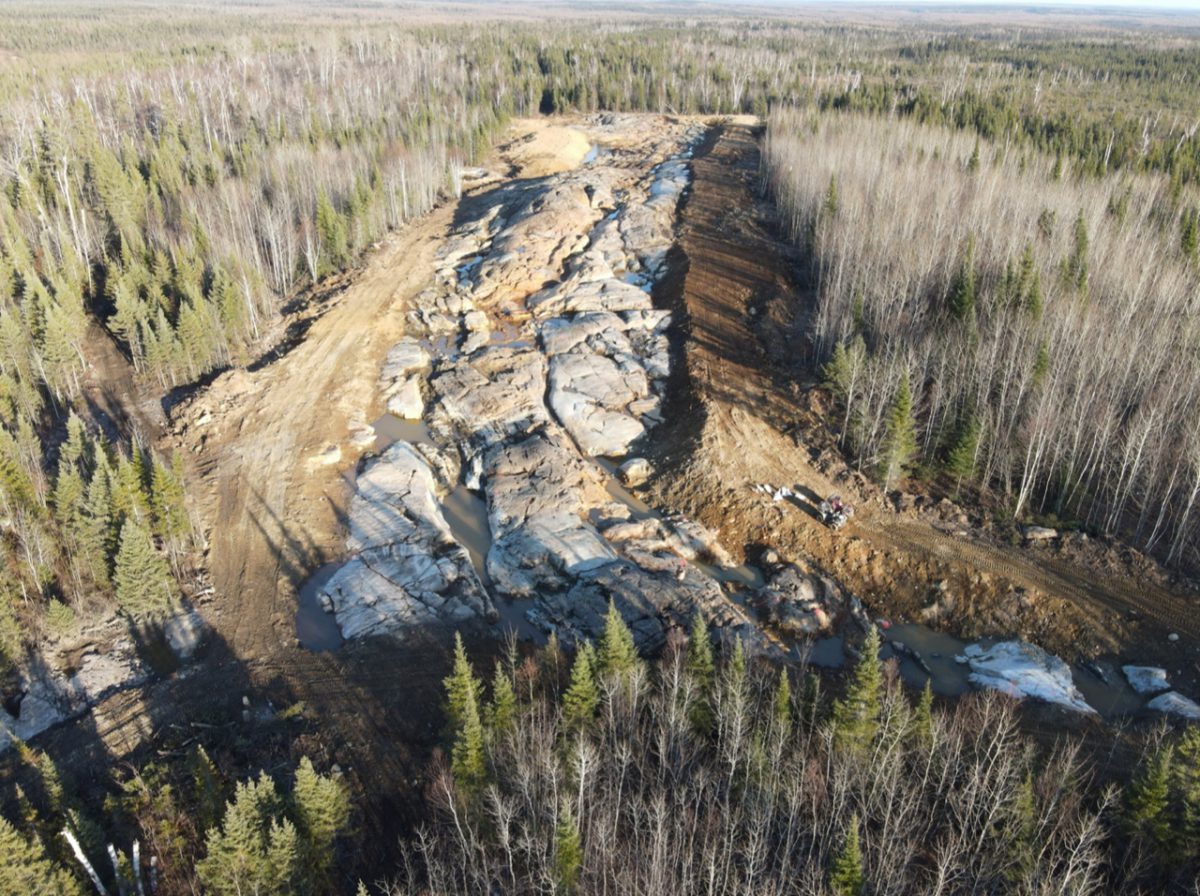 Renforth’s Malartic West Property, contiguous to the northern end of Surimeau, is the site of a copper/silver discovery also adjacent to the Canadian Malartic Mine. Renforth’s discovery has been traced on surface over 160 metres in the northern part of the property with grab samples ranging from low grade copper and silver up to 8.08% copper and 8.43 g/ silver and channel samples assaying up to 0.43% copper and 1.43 g/ silver over 0.45 metres.
Renforth’s Malartic West Property, contiguous to the northern end of Surimeau, is the site of a copper/silver discovery also adjacent to the Canadian Malartic Mine. Renforth’s discovery has been traced on surface over 160 metres in the northern part of the property with grab samples ranging from low grade copper and silver up to 8.08% copper and 8.43 g/ silver and channel samples assaying up to 0.43% copper and 1.43 g/ silver over 0.45 metres.
In August, 2020, Renforth sold its New Alger project to Radisson Mining Resources Inc. [RDS-TSXV, RMRDF-OTC] in exchange for 12 million class A common shares of Radisson on worth $3.84 million worth of Radisson shares, plus $500,000 in cash and potential future payments.
Renforth retains exposure to the project via its shareholding in Radisson, which also gives Renforth a window on Radisson’s O’Brien mine, which is located in the Bousquet-Cadillac mining camp along the Larder-Lake Cadillac Break in Abitibi, Quebec.
As of March, 2021, Renforth had approximately 260 million common shares outstanding. Of that amount, management owns 7% and Globex Mining Enterprises [GMX-TSX] holds roughly 4%. Trading at $0.085 on October 19, 2021, Renforth trades in a 52-week range of 12 cents and $0.045.
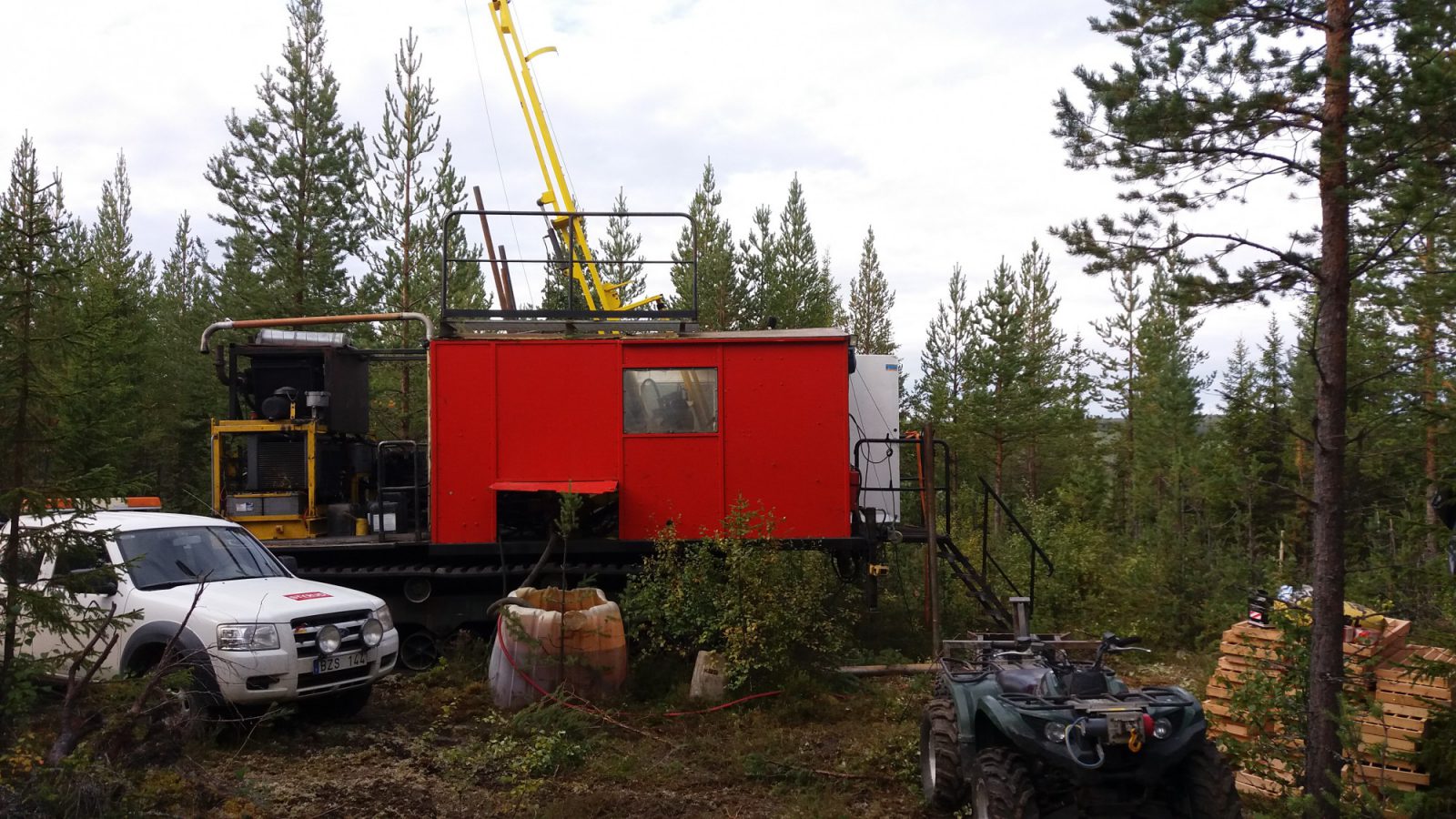 Gungnir Resources Inc. [GUG-TSXV; ASWRF-OTCPK] continues to receive excellent, near-surface drill results from its advanced-stage Lappvattnet nickel deposit in northern Sweden. Two of the best holes drilled to date by Gungnir are drill holes LAP21-02 and LAP21-05. Drill hole LAP21-02 cut 3.19% nickel over 4.25 metres within 10.4 metre interval grading 1.51% nickel, and LAP21-05 drilled 5.65 metres of 2.62% nickel including 0.65 metres of 6.67% nickel. In addition to high nickel tenor, the deposit hosts other valuable metals. Drill hole LAP21-12 returned 31 metres grading 0.93% nickel, 0.13% copper, 0.02% cobalt and 0.15 g/t platinum group metals with higher grade intervals. Up to 44.9 g/t platinum over 0.65 metres has been reported by the company.
Gungnir Resources Inc. [GUG-TSXV; ASWRF-OTCPK] continues to receive excellent, near-surface drill results from its advanced-stage Lappvattnet nickel deposit in northern Sweden. Two of the best holes drilled to date by Gungnir are drill holes LAP21-02 and LAP21-05. Drill hole LAP21-02 cut 3.19% nickel over 4.25 metres within 10.4 metre interval grading 1.51% nickel, and LAP21-05 drilled 5.65 metres of 2.62% nickel including 0.65 metres of 6.67% nickel. In addition to high nickel tenor, the deposit hosts other valuable metals. Drill hole LAP21-12 returned 31 metres grading 0.93% nickel, 0.13% copper, 0.02% cobalt and 0.15 g/t platinum group metals with higher grade intervals. Up to 44.9 g/t platinum over 0.65 metres has been reported by the company.
Management is particularly encouraged with these results as the rising long-term demand growth for nickel will come from the burgeoning battery sector, driven by “green” world government legislation and incentives. In addition, Sweden is a mining-friendly jurisdiction with mining activities dating back over a thousand years.
Jari Paakki, CEO, commented: “The story is just beginning for Gungnir at Lappvattnet where we are having early success expanding nickel mineralization, including both high-grade and wide-grade nickel intercepts, with only 1,300 metres of drilling, which tested just a small fraction of the deposit. We have yet to test depth extent, which is largely unexplored, and the remaining 80 per cent of the Lappvattnet deposit along strike to the east where prior drilling decreased considerably. And we have yet to drill a hole into our other Swedish nickel asset, Rormyrberget.”
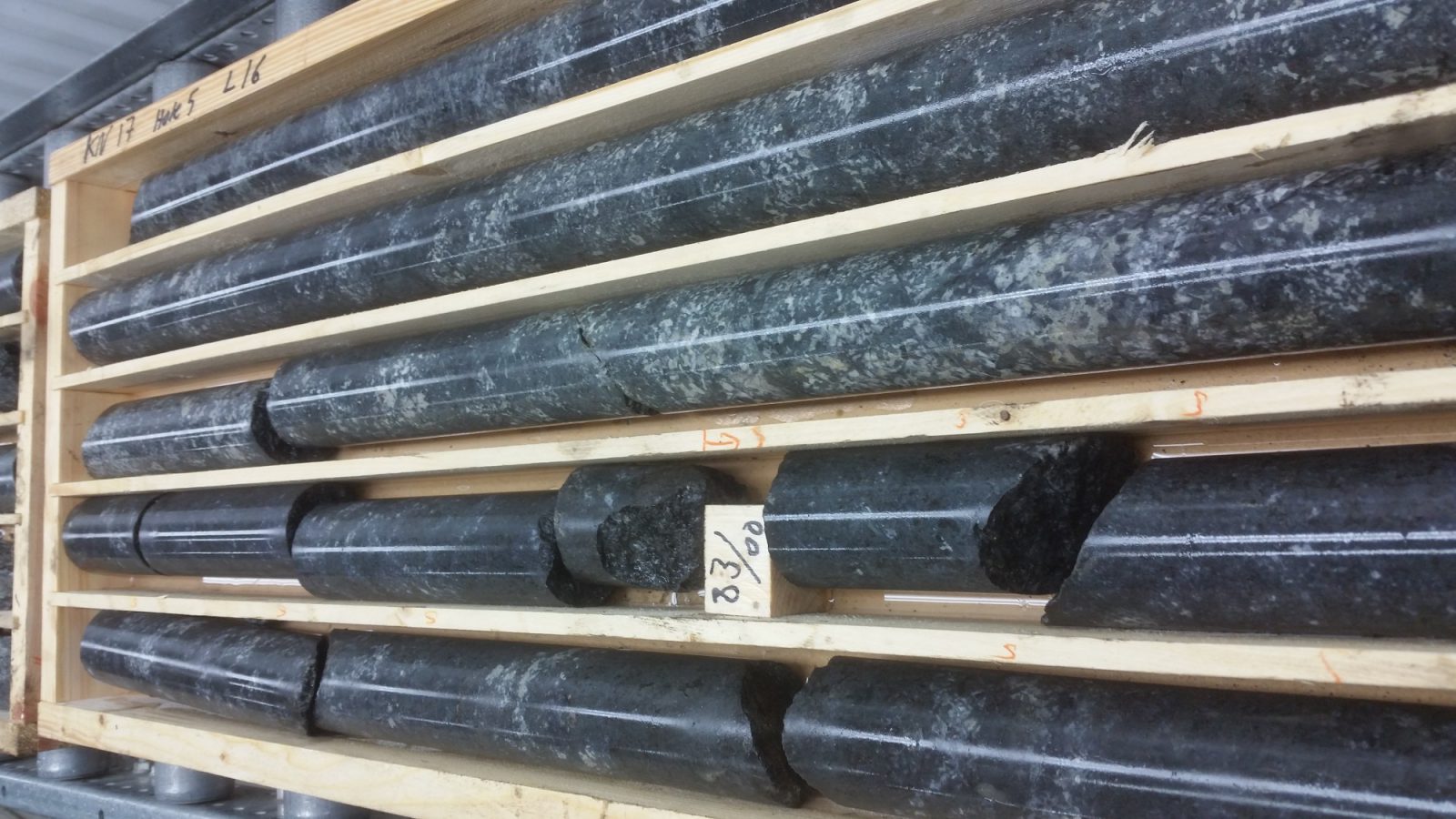 A ground electromagnetic (EM) survey is planned for Lappvattnet.
A ground electromagnetic (EM) survey is planned for Lappvattnet.
At the 100%-owned Rormyrberget nickel project, 40 km west of Lappvattnet, a recently completed EM geophysical survey identified conductors outside the known deposits.
The Lappvattnet deposit hosts Inferred Resources of 780,000 tonnes grading 1.35% nickel for 23.1 million lbs (10.5 million kg) of nickel. Rormyrberget hosts Inferred Resources of 36,800,000 tonnes grading 0.19% nickel for 154 million lbs (70 million kg) of nickel.
Both properties are accessible year-round with good transportation and industrial infrastructure including shipping facilities, and are located about an hour drive from Boliden’s mill complex.
Gungnir also holds the early-stage Knaften gold project located at the south end of the “Gold Line” (or Knaften-Barsele Arc) about 100 km west of the nickel projects. Known as the Vasterbotten District, the region hosts 12 million ounces of gold delineated in existing and mined resources plus several past-producing and producing volcanogenic massive sulphide (VMS) base metal mines.
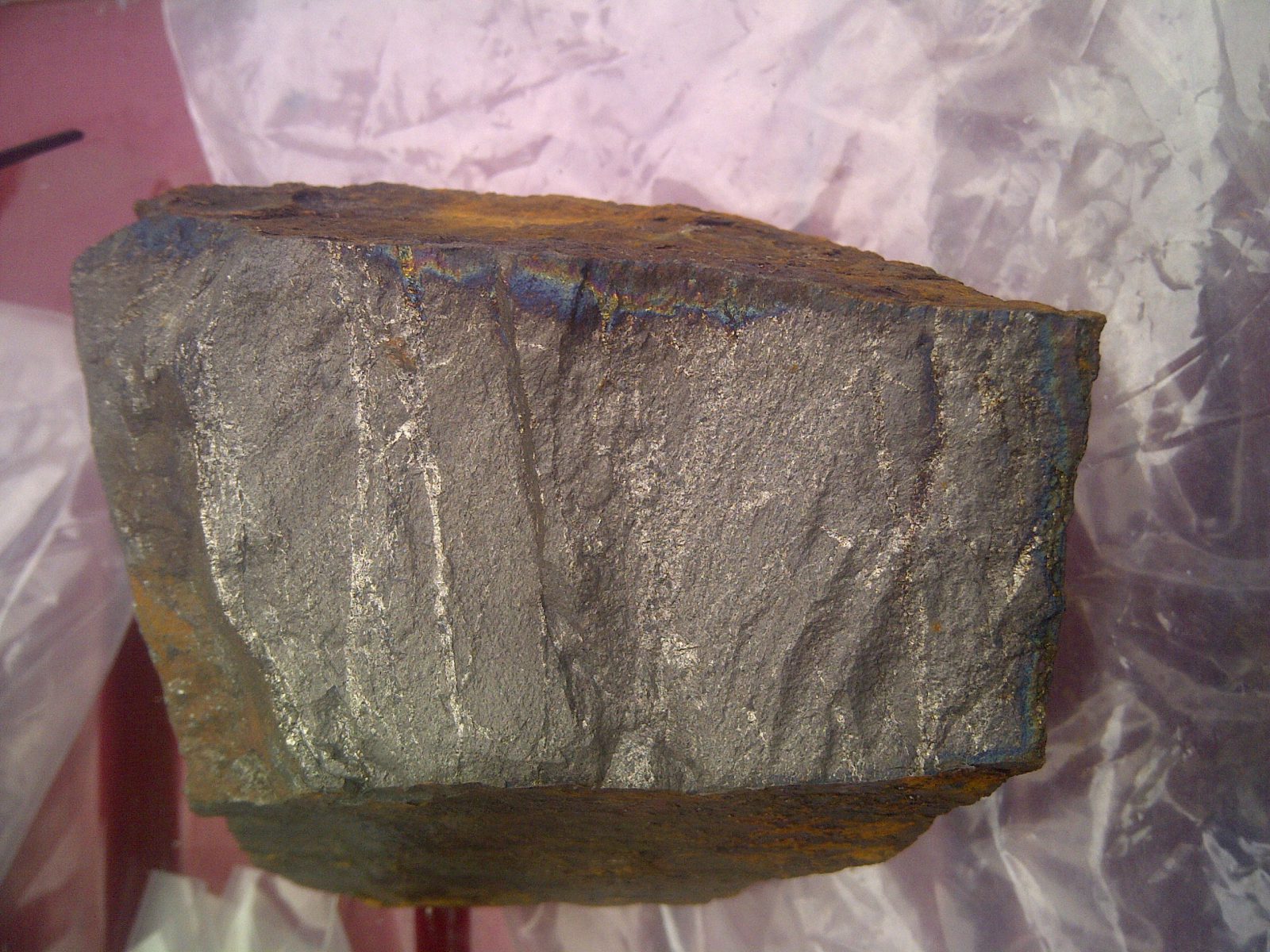 To date, the company has identified an intrusion-hosted gold system at Knaften, where along the north edge of the intrusion stacked zones extend down-dip for at least 500 metres and are open along strike. New geophysical surveys completed in 2021 over the unexplored south part of the intrusion outlined significant anomalies which are prime upcoming drill targets.
To date, the company has identified an intrusion-hosted gold system at Knaften, where along the north edge of the intrusion stacked zones extend down-dip for at least 500 metres and are open along strike. New geophysical surveys completed in 2021 over the unexplored south part of the intrusion outlined significant anomalies which are prime upcoming drill targets.
Previous Knaften drilling highlights from Gungnir and others include 14.07 g/t gold over 4.25 metres, including 59.6 g/t gold over 1.00 metre as well as 3.45 g/t gold over 10.75 metres, most encouraging in light of the fact that gold has been recently increasing in value.
According to Rystad Energy, an independent energy research and business intelligence company, global demand for high-grade nickel, an essential component in electric vehicle (EV) batteries, will outweigh supply by 2024. Global nickel demand is forecast to climb to 3.4 million tonnes in 2024 from 2.5 Mt this year.
Clearly, Gungnir Resources is building nickel resources at a most opportune time. The company has a veteran management team, no debt, working capital of over CDN$1 million and 97,379,450 shares outstanding.

